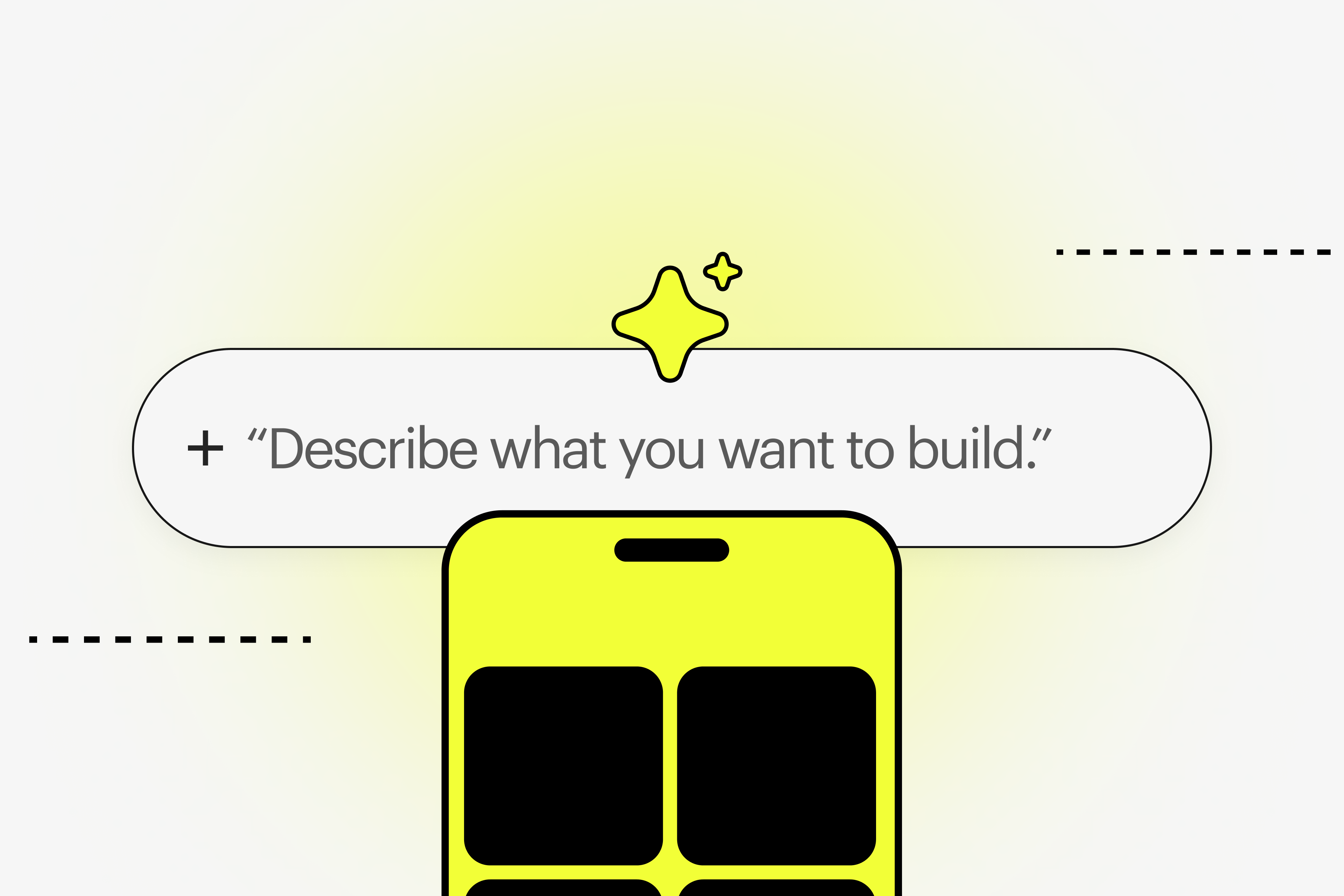AI has democratized software development. Small teams and new founders are building real businesses fast with AI tools like Loveable, Bolt, Cursor, and more. Like me, you’ve probably seen these success stories online and wanted to try these tools for yourself. And if you’re like many people, you probably didn’t feel the same “magic box” experience that it seems like so many people have.
AI app generation tools promise your wildest app ideas will come true with just an idea and an internet connection. And sometimes they deliver on that promise! Although AI code generation can bring great value, it can also carry unwanted results.
The reality of developing with AI tools is that you are still producing code at the end of the day. Technical knowledge, or really an understanding of the principles that software is built on, is still a crucial component of getting the most out of AI development tools.
However, these tools are pitched to non-technical audiences — founders, marketers, or operators who’ve never managed code, servers, or APIs.
AI generated code can look dramatically different when prompted by a non-technical vs. technical person. Now imagine multiplying the non-technical code prompts over 1,000 times. At some point, I’d expect this codebase to be unmaintainable, and likely very unsafe.
Yet all tools promise accessibility: “No need to understand development — just describe your idea.”
This works, until it doesn’t work. I have to admit that AI can generate an impressive amount of code in a ridiculously low amount of time.
But, what happens when the app breaks or behaves unexpectedly? Or the feature you just added creates a new set of problems. You’re stuck in a roadblock. This happens in application development, it’s unavoidable.
This is the time to understand the principles behind what AI builds, ****things like data structure, authentication, scalability, and state management.
When you don’t understand those fundamentals, you can’t guide the AI effectively. Ultimately this means your app will reach a ceiling for scalability—which is incredibly frustrating for any business.
Here’s how you should think about working with AI software development tools:
If technical:
• Leverage AI for speed. You already know where you need to go, so let AI help you get there faster. Keep thinking critically about how to build your thing. Let AI take some of the workload off of you, but don’t let it replace your thinking.
If not technical:
• Learn the principles of building on the web. Let AI teach you how things work. Ask it to explain it’s logic when generating. Your goal should be to understand at least enough to tell AI where to go. If you know where you should be going and the workings of what a successful piece of software looks like, you’ll start to see much better results when leveraging AI.



























